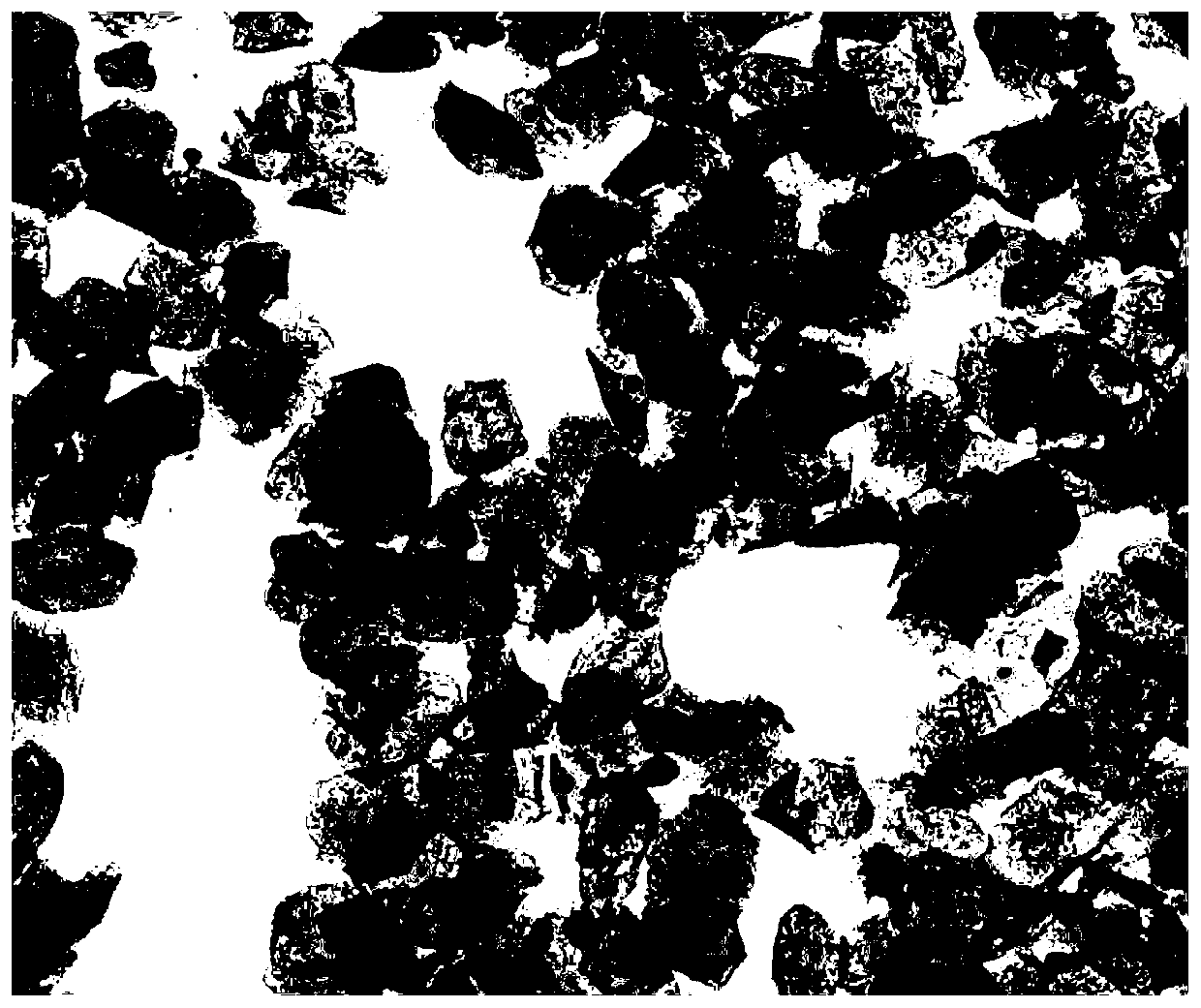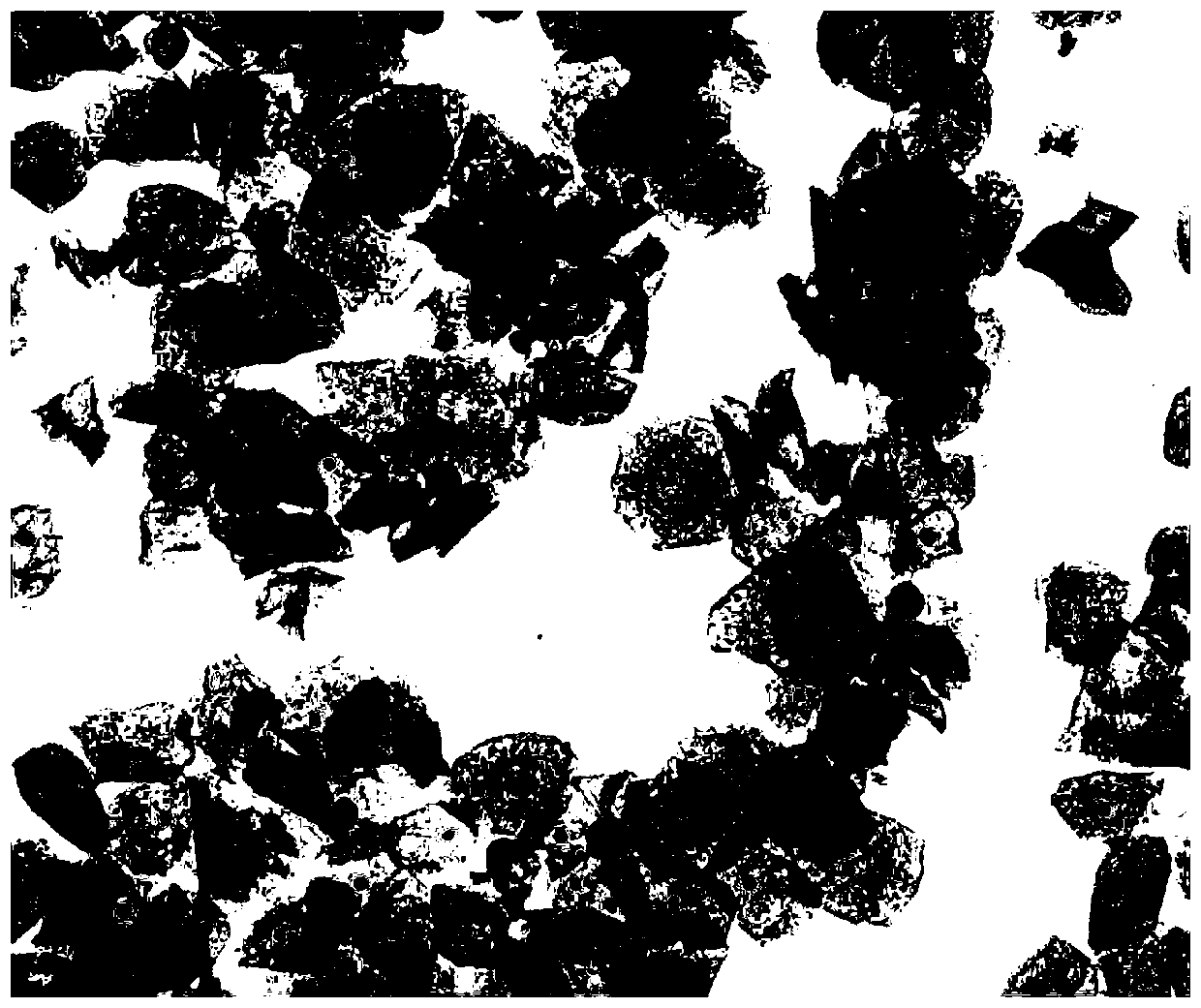Cell nucleus DNA dyeing method
A dyeing method and cell nucleus technology, applied in sampling, measuring devices, instruments, etc., can solve problems such as shelf life hindering reagent storage, acid hydrolysis time and temperature influence, complex preparation, etc., to achieve shortened dyeing time, less human stimulation, and simple preparation Effect
- Summary
- Abstract
- Description
- Claims
- Application Information
AI Technical Summary
Problems solved by technology
Method used
Image
Examples
Embodiment 1
[0042] A method for staining cell nucleus DNA, comprising the following steps:
[0043] 1, be 1: 9 formaldehyde solution and 95% ethanol preparation AF fixative according to volume ratio;
[0044] II. Prepare cell DNA staining solution, hydrolyzate, rinsing solution and eosin staining solution according to Table 1;
[0045] Table 1
[0046]
[0047] III. Put the pathological sample in AF fixative solution for 10-15 minutes; after washing with running water, put it into hydrolysis solution for 15-30 minutes; after washing with running water, put it into DNA staining solution for staining for 20-40 minutes; Rinse in rinsing solution for 5-10 minutes; dehydrate step by step with 50% ethanol, 75% ethanol, and 95% ethanol, put in eosin staining solution for 1-3 minutes, decolorize with absolute ethanol, dry in the air, and seal the slides. The effect picture after dyeing is as follows figure 2 shown.
Embodiment 2
[0049] The difference from Example 1 is that cell DNA staining solution, hydrolysis solution, rinsing solution and eosin staining solution were prepared according to Table 2.
[0050] Table 2
[0051]
[0052] The effect picture after dyeing is as follows image 3 shown.
Embodiment 3
[0054] The difference from Example 1 is that cell DNA staining solution, hydrolysis solution, rinsing solution and eosin staining solution were prepared according to Table 3.
[0055] table 3
[0056]
[0057]
[0058] The effect picture after dyeing is as follows Figure 4 shown.
PUM
 Login to View More
Login to View More Abstract
Description
Claims
Application Information
 Login to View More
Login to View More - R&D
- Intellectual Property
- Life Sciences
- Materials
- Tech Scout
- Unparalleled Data Quality
- Higher Quality Content
- 60% Fewer Hallucinations
Browse by: Latest US Patents, China's latest patents, Technical Efficacy Thesaurus, Application Domain, Technology Topic, Popular Technical Reports.
© 2025 PatSnap. All rights reserved.Legal|Privacy policy|Modern Slavery Act Transparency Statement|Sitemap|About US| Contact US: help@patsnap.com



